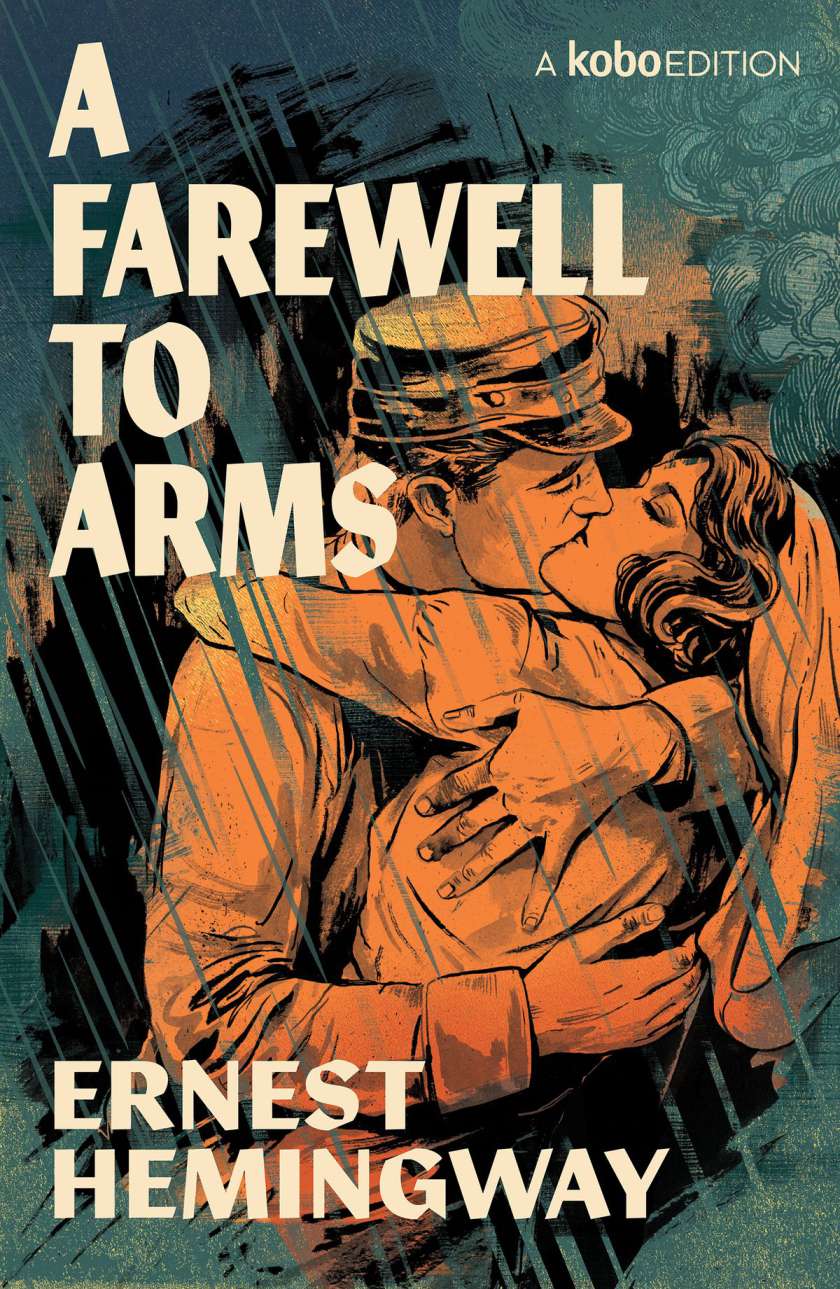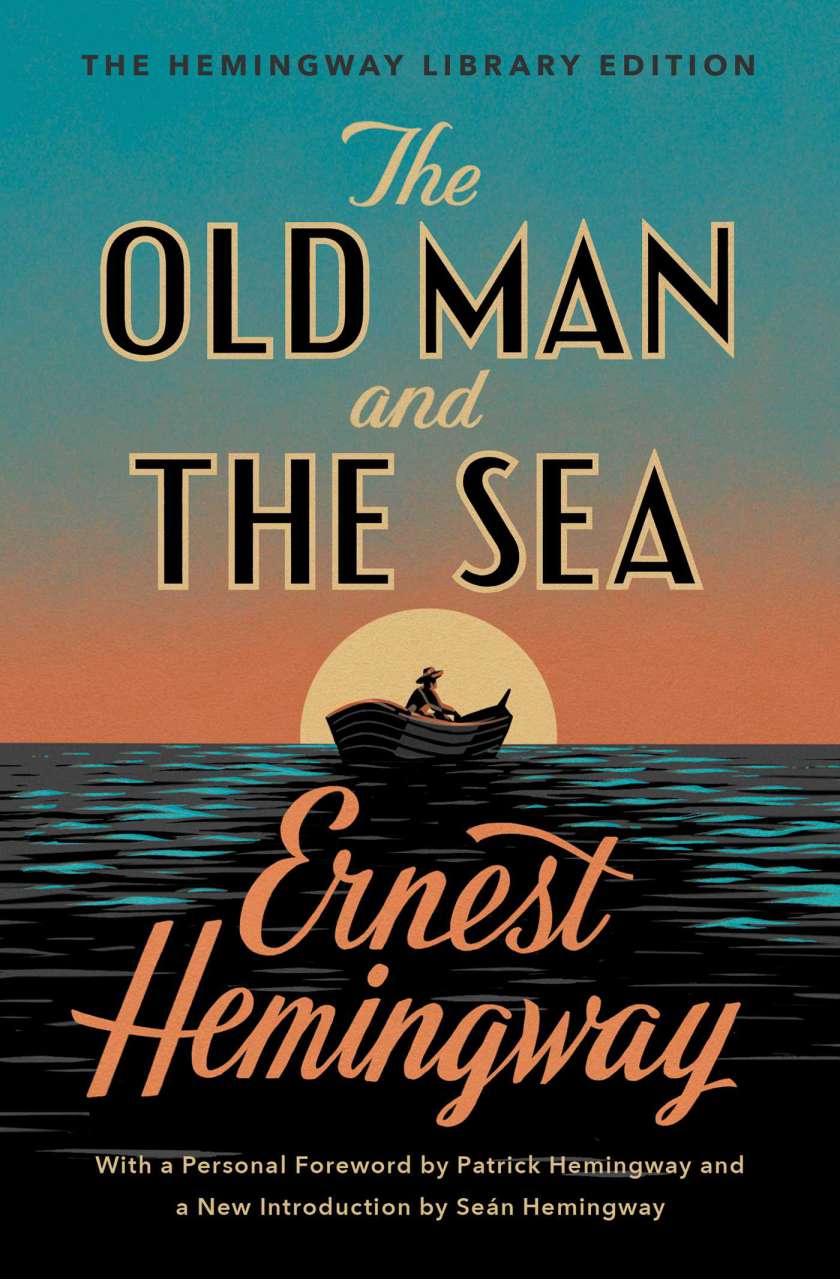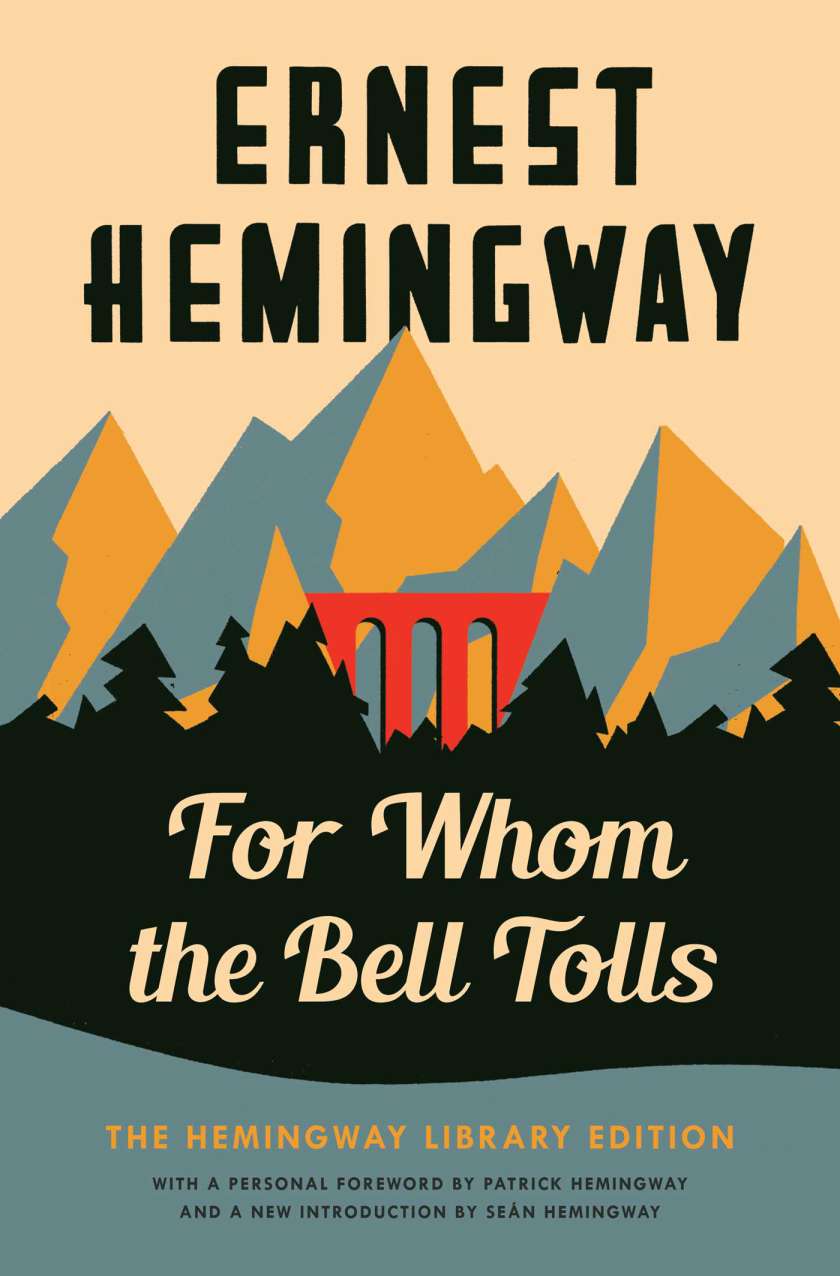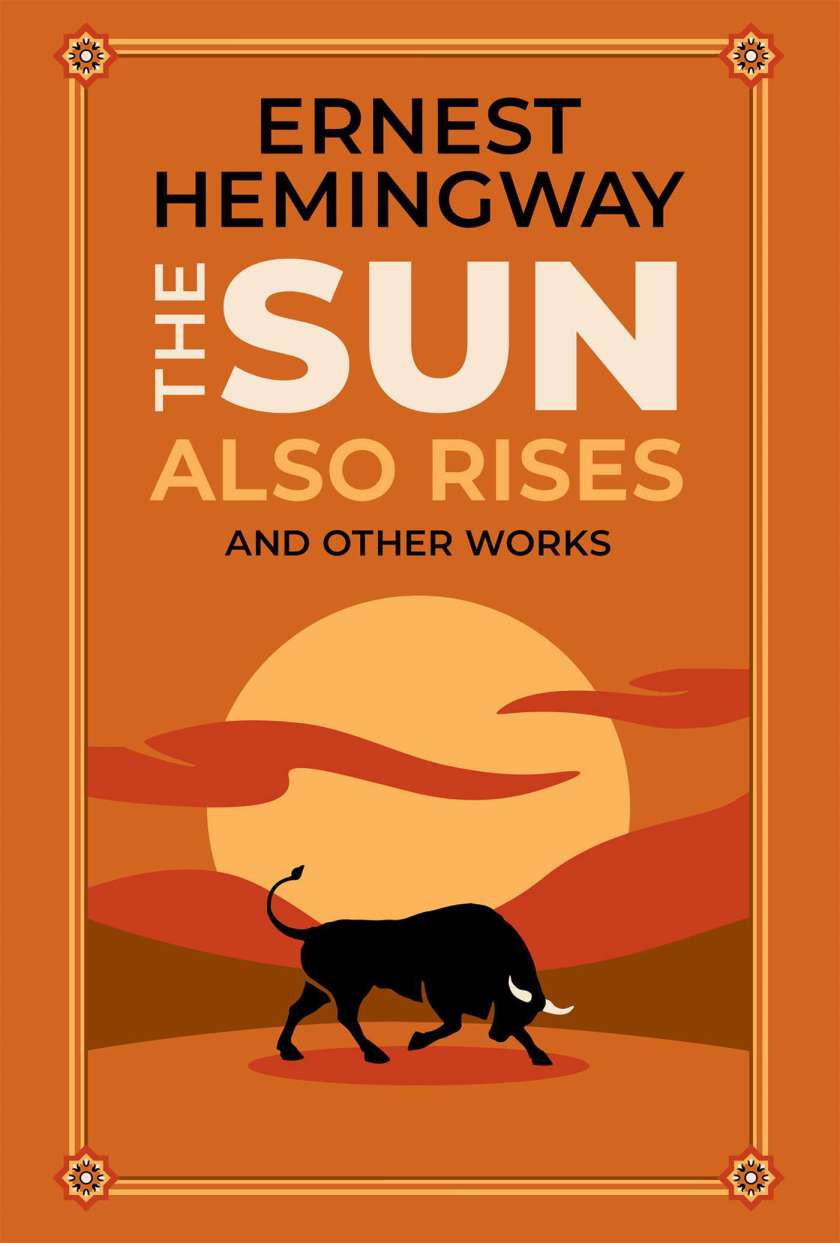Few authors lived their stories as fiercely as Ernest Hemingway. Born in 1899 in Oak Park, Illinois Hemingway’s life was an unending search for purpose- fueled by war, love adventure and loss. He fished in Cuba, hunted in Africa, reported from war zones, and wrote with a simplicity that cut straight to the human heart. To read Hemingway is to watch a man wrestle with courage, fate, and the meaning of endurance. His books weren’t just fiction- they were fragments of his life, rendered in sharp, unforgettable prose.
A Farewell to Arms

Published in 1929, A Farewell to Arms captures the heartbreak of war through the eyes of Frederic Henry, an American ambulance driver in World War 1 who falls in love with a British nurse, Catherine Barkley. Hemingway based it on his own experiences serving in Italy and his ill-fated love affair with a nurse after being wounded. The novel’s restrained language hides oceans of emotion, its ending brutal yet inevitable. Here, Hemingway defined his signature style- the “iceberg theory,” where what’s unsaid carries the deepest weight- and gave voice to a generation disillusioned by war’s empty glory.
Get Book: A Farewell At Arms!The Old Man and the Sea

By 1952, Hemingway had lived through fame, marriage, and despair, and from that quiet exhaustion came The Old Man and the Sea. It tells the story of Santiago, an aging Cuban fisherman who battles a giant marlin far out in the Gulf Stream. The struggle is physical, yes—but also spiritual. Hemingway poured into Santiago the stoic endurance he himself admired: “A man can be destroyed but not defeated.” The novel earned him the Pulitzer Prize and helped secure his Nobel Prize in Literature two years later. It was a fitting late-career triumph for a man who had turned struggle itself into art.
Get Book: The Old Man and the Sea!For Whom the Bell Tolls

Set during the Spanish Civil War, For Whom the Bell Tolls (1940) follows Robert Jordan, an American dynamiter fighting alongside Republican guerrillas. Hemingway had been a war correspondent in Spain, witnessing the chaos and loss firsthand. The novel is both a love story and a meditation on sacrifice, duty, and mortality. Its title—taken from John Donne’s meditation “No man is an island”—embodies Hemingway’s growing awareness that every human life is bound to others. Through Jordan, Hemingway asks what it means to die for something larger than oneself—and whether love can exist in a world consumed by violence.
Get Book: From Whom The Bell Tolls!The Sun Also Rises

It all began with The Sun Also Rises (1926), Hemingway’s first major novel and a defining work of the “Lost Generation.” Set in post-World War I Europe, it follows a group of aimless expatriates drifting from Paris cafés to the bullrings of Spain, searching for meaning in pleasure and pain. Its hero, Jake Barnes, wounded and weary, reflects Hemingway’s own scars—emotional and physical. The book’s sparse dialogue, raw emotion, and vivid realism introduced a new way of writing and captured the disillusionment of an entire generation trying to rebuild after the war.
Read Book: The Sun Also Rises!Closing Thoughts
Ernest Hemingway lived as if every moment were a test of courage. His life—marked by war wounds, broken loves, and quiet triumphs—was both his muse and his undoing. Each book reveals a man chasing truth in the simplest words possible, stripping life down to its bare essentials.
From the doomed romance of A Farewell to Arms to the solitary fight of The Old Man and the Sea, from the bravery of For Whom the Bell Tolls to the wandering souls of The Sun Also Rises, Hemingway taught us that strength often hides in silence.
And maybe that’s his final lesson—that in a noisy world, sometimes the truest stories are whispered.

